- Contemporary understanding of ventricular mechanics with identification of the structure and function of the ventricular myocardial band
- Detailed description of the anatomic proximity of cardiac structures and how knowledge of this proximity helps prevent intraoperative complications and damage to critical cardiac structures
- Comprehensive description of aortic root anatomy and mechanics and application of how this anatomy dictates performance of transcatheter aortic valve replacement
Latest Updates

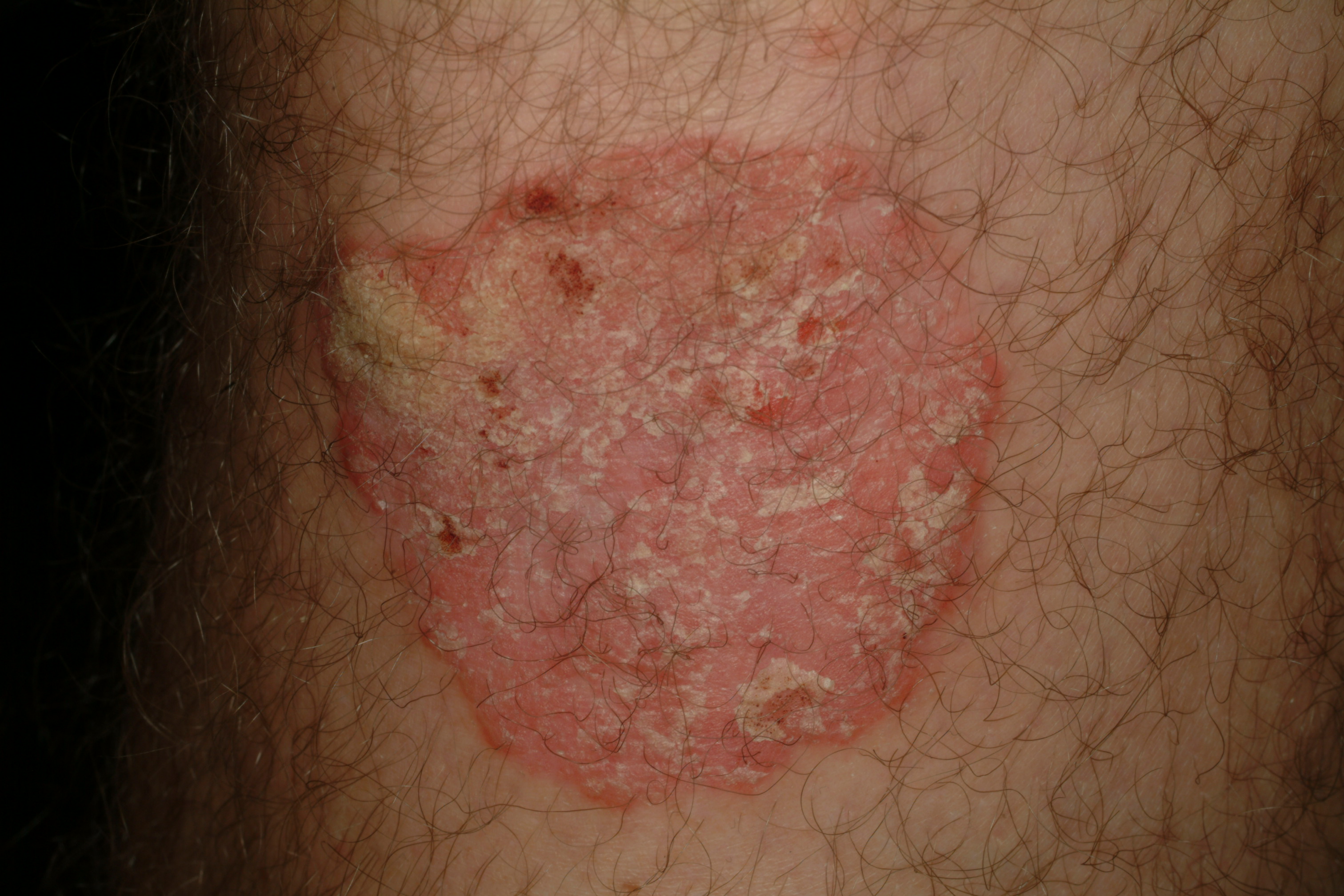
- Topical therapy is the mainstay of treatment for psoriasis, particularly in mild cases. Topical corticosteroids are the most commonly prescribed class of medication but are now often used together with topical calcipotriene, a vitamin D3 analogue, or topical tazarotene, a retinoid; both calcipotriene and tazarotene were approved by the Food and Drug Administration (FDA) for the treatment of psoriasis.
- Emollients are an important part of any topical regimen for psoriasis. Application of petrolatum alone may be sufficient therapy for some patients. More elegant creams and lotions are helpful but are somewhat less effective than greasy ointments. Tar and salicylic acid shampoos are valuable in the treatment of patients with scalp involvement. These preparations are available without prescription.
- Short-term use of the antimetabolite methotrexate can be an extremely effective treatment of psoriasis. Methotrexate is indicated for patients who do not respond adequately to phototherapy and for patients with psoriatic arthritis. The source of methotrexate’s efficacy against psoriasis was once thought to be its antimitotic effect on proliferating macrophages and T cells.

Cardiac Arrhythmias, Acute Coronary Syndromes, and Heart Failure in the Surgical Patient
- To recognize and treat important cardiac arrhythmias in the surgical patient using the latest advances
- Most up to date guidelines in management of Acute Coronary Syndrome (ACS) in Surgical Patients
- Recent progress in management ofheart failure in postoperative and traumatic patients

- Contemporary understanding of ventricular mechanics with identification of the structure and function of the ventricular myocardial band
- Detailed description of the anatomic proximity of cardiac structures and how knowledge of this proximity helps prevent intraoperative complications and damage to critical cardiac structures
- Comprehensive description of aortic root anatomy and mechanics and application of how this anatomy dictates performance of transcatheter aortic valve replacement
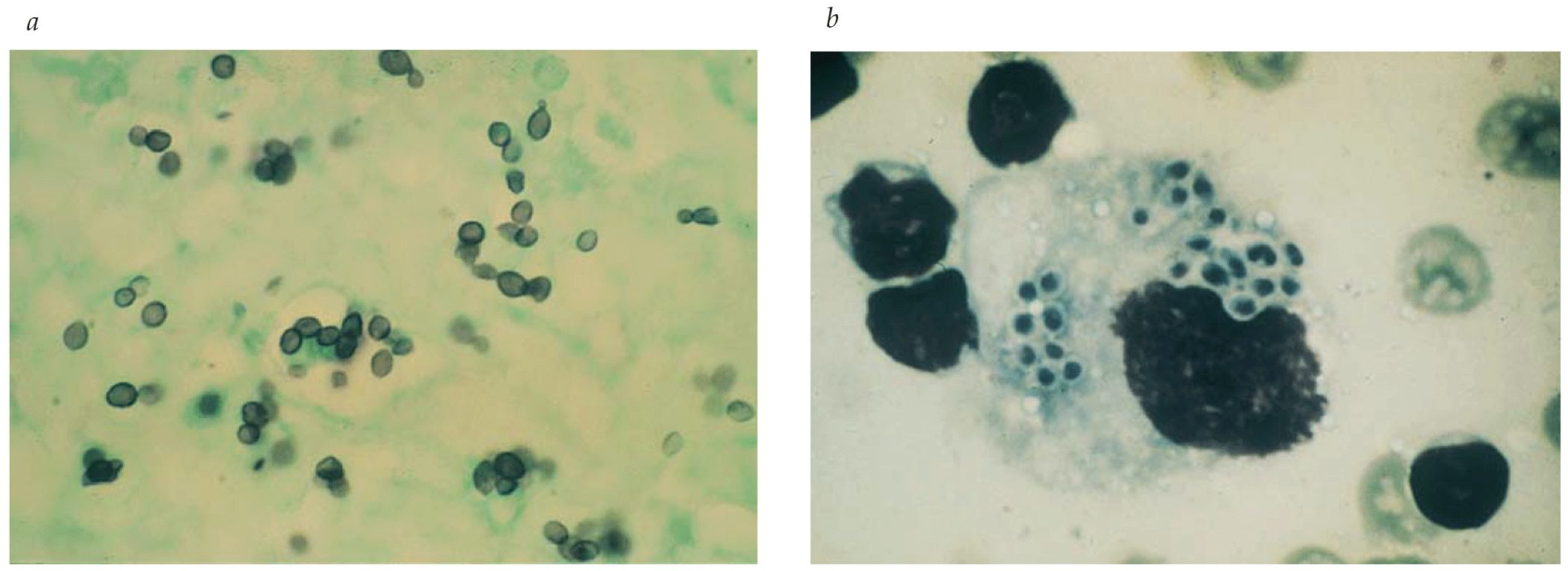
- Members of the European Organisation for Research and Treatment of Cancer–Invasive Fungal Infection Cooperative Group and National Institute of Allergy and Infectious Diseases Mycoses Study Group formed a consensus committee to develop standard definitions for invasive fungal infections for clinical research.
- The development of standardized methodology for antifungal susceptibility testing is another recent advance in the laboratory evaluation of Aspergillus species. Although azole resistance by Aspergillus species is unusual, patients exposed chronically to antifungal triazoles have been reported to have refractory infection caused by isolates with elevated minimum inhibitory concentrations.
- Fusarium and Scedosporium species are increasingly common causes of infections in surgical patients, especially in recipients of stem cell or organ transplants.
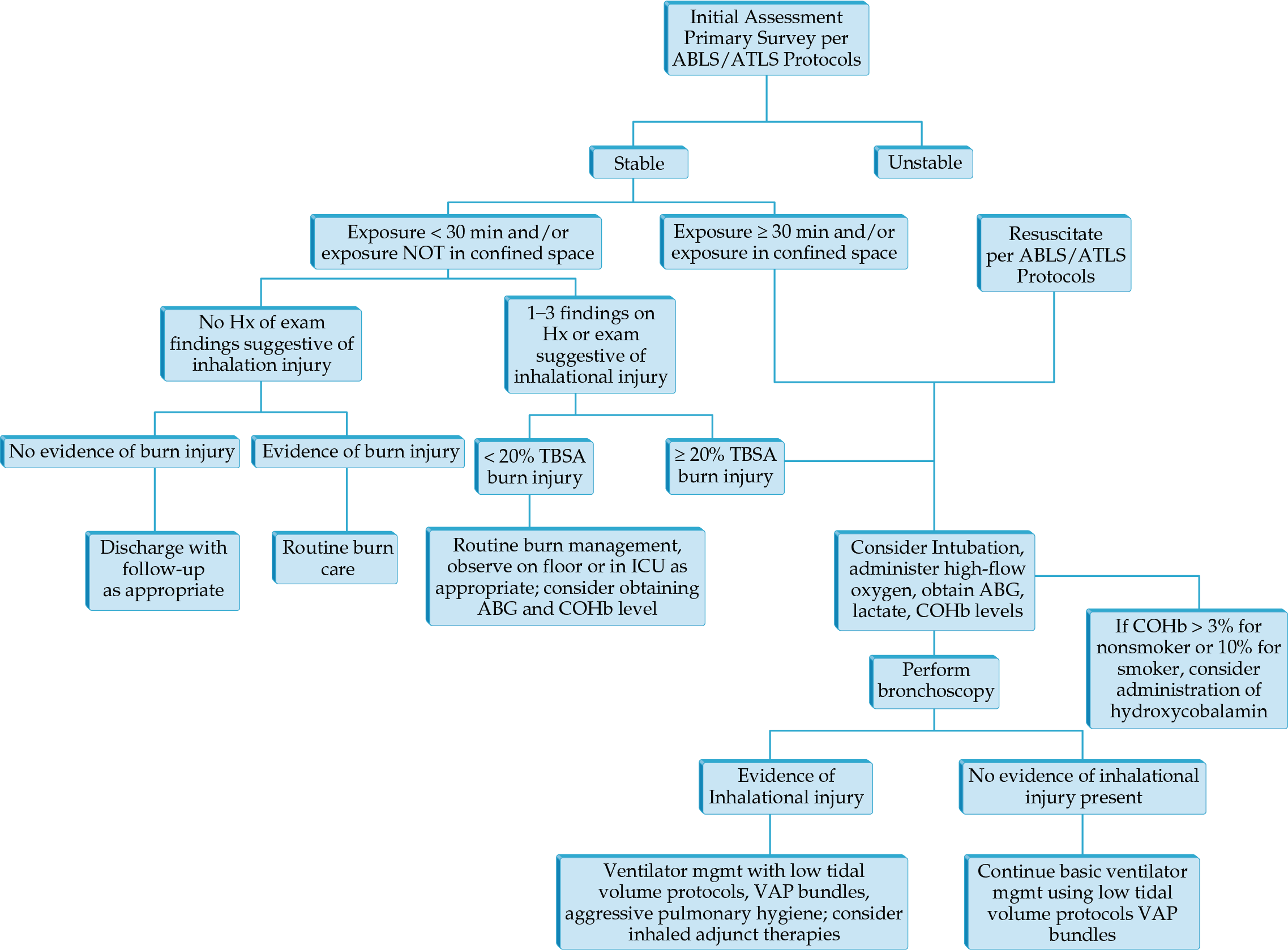
- CT of the chest has taken a greater role in determining injury severity in inhalation injury.
- Airway control and ventilator management remain the mainstays of treatment in those with severe injury.
- Volumetric diffusive respiration is a mode specifically developed for inhalation injury that has been shown to decrease use of other rescue modes of ventilation.
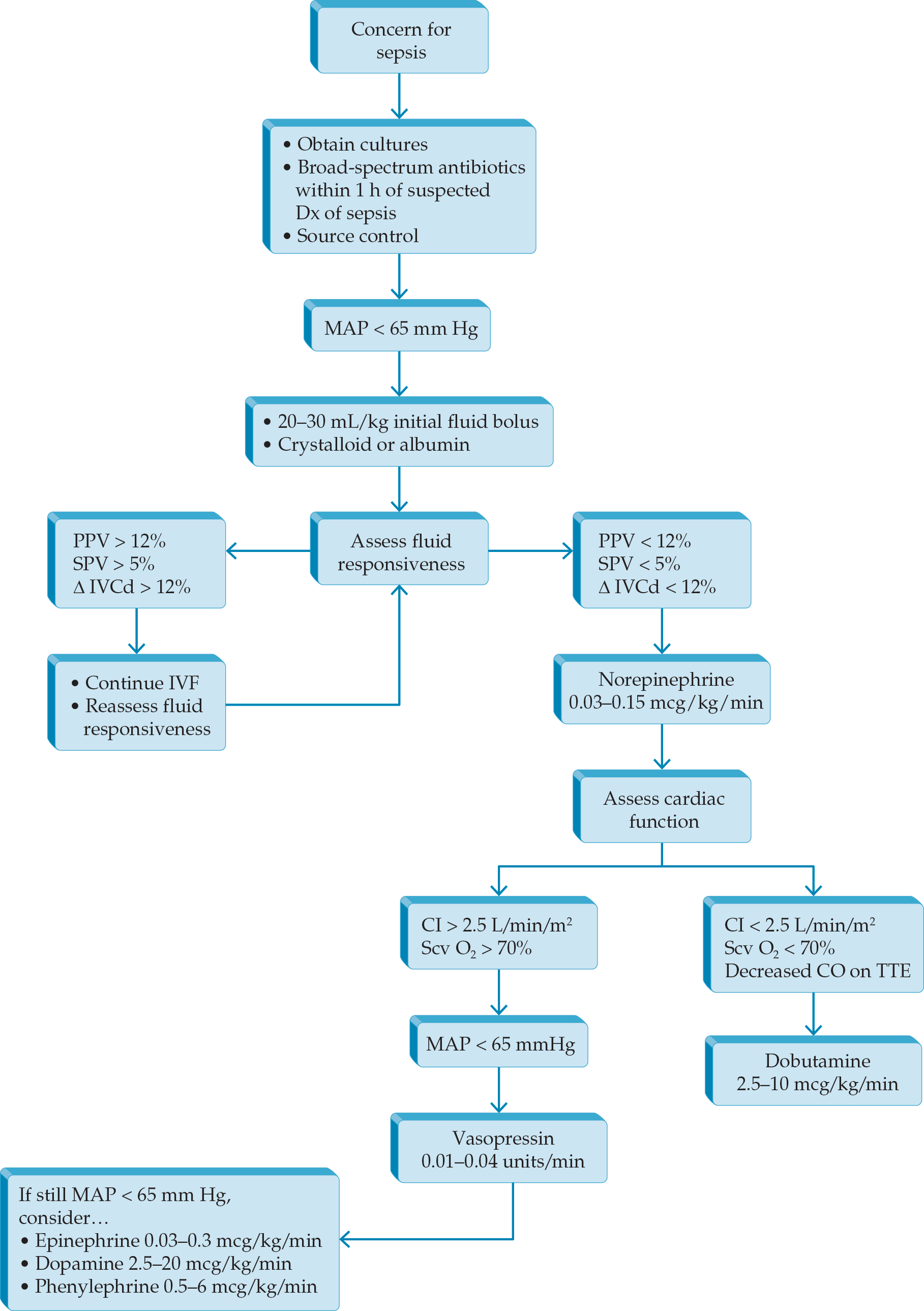
- Pulmonary hypertension can be treated with single or combination therapy employing calcium channel blockers, phosphodiesterase inhibitors, guanylate cyclase stimulators, endothelin receptor antagonists, and prostanoids.
- Levosimendan is a calcium sensitizer used to treat cardiogenic shock and right heart failure.
- Clevidipine is an ultra-rapid acting calcium channel blocker used for perioperative hypertension management in cardiovascular and vascular diseases, neurosurgery, and surgery for pheochromocytoma.

- The number of permanent pacemakers implanted per year increased by 55.6% between 1993 and 2009, and is continuing to rise. Accordingly, the number of patients treated in the emergency department who have permanent pacemakers is increasing, and it is important for physicians in the emergency department to be familiar with the operation and potential complications of these devices.
- Genetic testing of first-degree relatives is recommended according to 2018 ACC/AHA/HRS guidelines on evaluation of bradycardia and conduction delay.
- Permanent pacing is reasonable intervention for patients with tachy-brady syndrome and symptoms attributable to bradycardia.
- 2018 ACC/AHA/HRS specific guideline considerations for genetic disorders, neuromuscular disorders, and infiltrative disorders (e.g., cardiac sarcoidosis and amyloidosis).
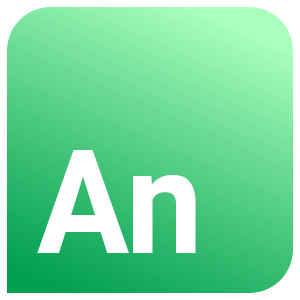
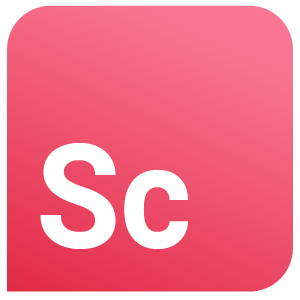
.png)







